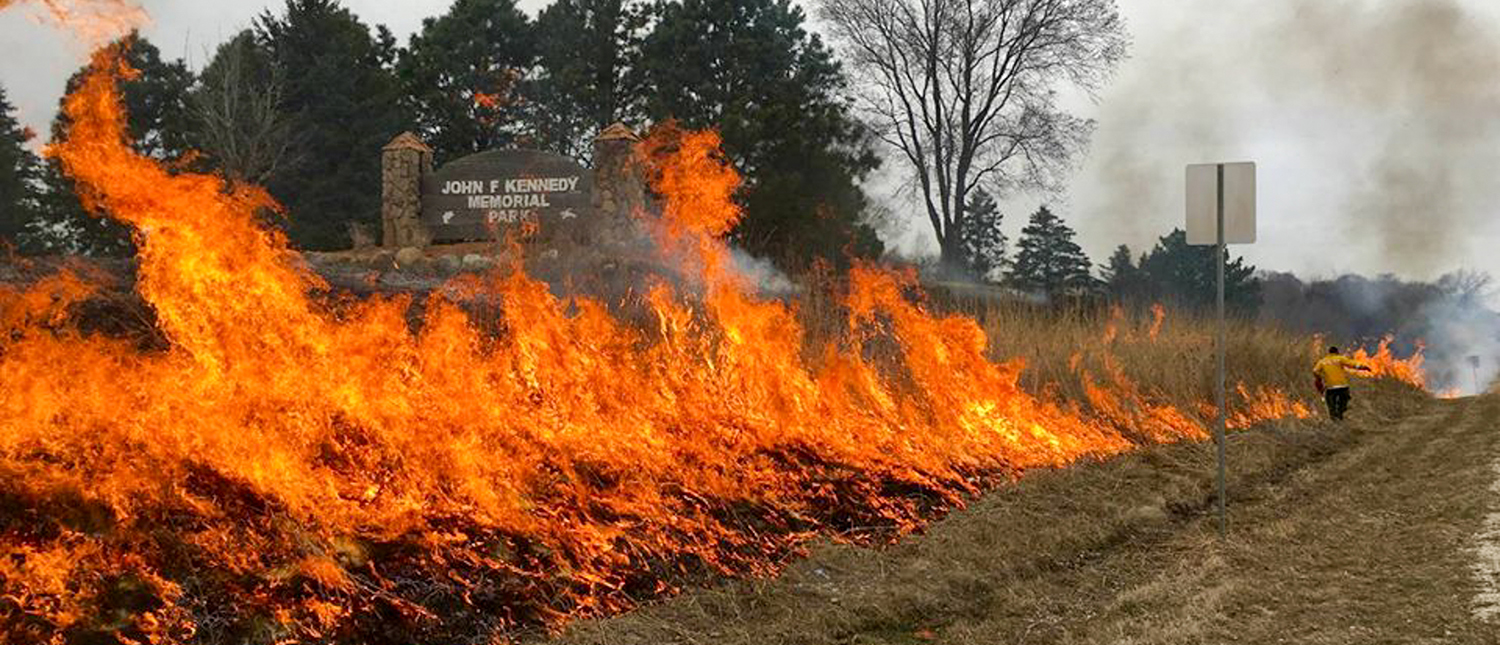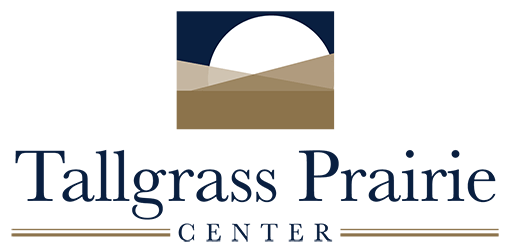Developing a Plan For the Season
Table of Contents

Goals and objectives for the burn season should be established in advance. This includes developing a list of potential burn sites and prioritizing that list. A simple spreadsheet is a good way to compile and organize this data. The sample spreadsheet in Appendix 9C is an example of a chronological history of when sites were burned. With a spreadsheet organized in this manner, the roadside manager can prioritize the sites to be burned during the upcoming season based on considerations such as how long ago the site was last burned, with more recently burned sites receiving lower priority, and the composition of the vegetation. Sites in areas that are highly visible to the public, such as near nature centers or paved roads, may benefit from a burn to invigorate the native plant community. Sites with invasive herbaceous or woody vegetation that could be reduced with a prescribed burn may also receive higher priority than other sites.
There is often only a small window of time during which conditions are appropriate for prescribed burning. For this reason, it is critical to establish clear objectives so sites can be prioritized for burning. A reasonable goal is to burn native prairie remnants or plantings once every 3–5 years. Some sites may require more frequent burns and higher prioritization to address weed or brush infestations. As a general rule, any burn is better than no burn. Therefore, it is common to burn whenever conditions are favorable. However, there are optimal times to conduct most prescribed burns, depending on the intention of the burn. Refer to Table 9.1 for a breakdown of optimal timing for burns with different intended goals.
| Intention for a Prescribed Burn | Optimal Timing to Conduct a Burn |
|---|---|
| Routine maintenance (i.e., thatch removal) | Any time |
| Weed control* | Late spring |
| Brush control* | Spring |
| Stimulate growth of warm-season grasses | Mid-to-late spring |
| Stimulate growth of cool-season grasses | Enhanced by early spring and fall burns, suppressed by late spring burns |
| Stimulate growth of forbs | Enhanced by early spring and fall burns |
*Research specific weed and brush species before using fire for management. Some undesired species may have a positive response to fire, rendering prescribed burning an ineffective management approach.


